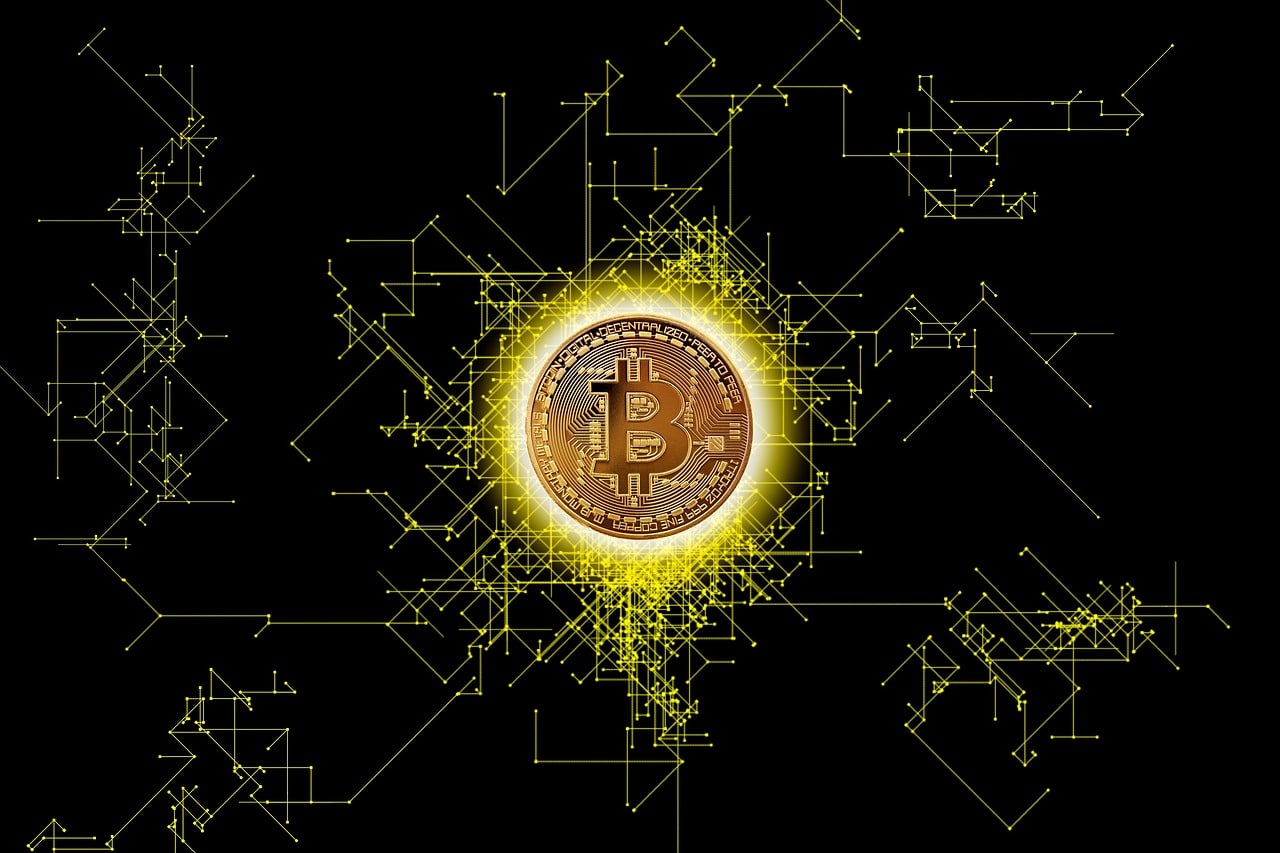Looking at Decentralized Orderings from the RaaS Platform
Examining Decentralized Ordering through the Lens of RaaS PlatformA few days ago, I read an article titled “What to look for in a Rollups-as-a-Service (RaaS) platform,” written by Andrew Huang (Founder) and Bertie Corrie from Conduit (@conduitxyz). Their project mainly focuses on deploying fully managed, code-free production-grade rollups on Ethereum.
Following the theme of “What to look for in a Rollups-as-a-Service (RaaS) platform,” let’s talk about decentralized sequencer solutions. Actually, this topic should have been discussed in August when talking about MEV and sequencers. Coincidentally, Binance Research also published an article titled “Towards Decentralized L2 Sequencers,” which presents many interesting ideas and outlooks. Let’s discuss some viewpoints based on that.
In this article (of course, it’s a PR piece introducing the product), the core question is what qualities an ideal RaaS platform should possess.
① High availability sequencer: When evaluating an RaaS platform, the quality of the sequencer should be the first consideration.
- The Crypto Chronicles: A Tale of Two Frauds
- Bitcoin Soars to New Heights: A Comic Twist on Digital Assets
- DeFi’s Automated Market Makers Can Everyday Traders Bank on Trust?
② Adaptive RPC: Scalability is one of the core advantages of rollup technology, and adaptive Remote Procedure Call (RPC) is crucial for handling any transaction volume required by the chain.
③ Auxiliary infrastructure; ④ Integration; ⑤ Expert guidance; ⑥ Continuous maintenance and operation.
It can be seen that for a Layer2 Rollup, the most important consideration is the sequencer. Unfortunately, most sequencers are currently centralized, and users have raised corresponding doubts about audits, MEV issues, and lack of reliability.
After all, for a centralized sequencer, a single point of failure can lead to the paralysis of the entire network, and transactions will be stuck until the sequencer returns to its original state. This has already been observed in many rollups.
As a behavior that occurs between transactions and block formation, the process of the sequencer can be described as follows:
① L2 Rollup provides an execution layer for users, enabling low-cost secure transactions. Transaction data is submitted and transferred to Ethereum;
② The sequencer receives unordered transactions from users, groups the transaction data off-chain, and generates a batch of compressed ordered transactions;
③ Transactions are put into blocks and sent to Ethereum for confirmation.

To further clarify its role, based on the research of Celestia’s researcher NashQ:
Actually, the sequencer of Rollup (Sequencer) can be further divided into two different logical entities, namely aggregator and header producer;
And the transaction ordering process is divided into three steps: inclusion, ordering, and execution.
A Rollup block is a data structure that represents the blockchain ledger at a certain block height. A Rollup block consists of Rollup data and Rollup header. Rollup data can be a batch of transactions or state changes between batches of transactions.
From this, it can be seen that the sequencer plays a significant role, after all, it controls the ordering of transactions. In theory, it can even exclude user transactions and extract MEV from the transaction set, which is a kind of monopolistic source of profit.
Currently, most L2 Rollup projects are running centralized sequencers, which make transactions more convenient, cheap, and fast, but it also creates a decentralized crisis.
So, can we bypass the transaction ordering of the sequencer and directly conduct transactions? Of course, it is possible. Just submit the transaction directly to Ethereum. Of course, you can also use the escape hatch/force yourself to submit your own transactions to Layer1, but it is not cost-effective.
Let’s not forget what Rollup is meant to solve. After all, the purpose of Layer2’s appearance is to be convenient, cheap, and fast.
Let’s not talk about MEV here. It is not the focus of this article. I wrote a long push on August 16th titled “The profit path and infrastructure MEV (Maximum Extractable Value) of Layer2” and on the 18th, I talked about “Participants, mechanisms, and processes of MEV-Boost.” If you are interested, you can read the previous articles.
Currently, most Ethereum L2 Rollups rely on a centralized sequencer. Various L2 Rollups like Arbitrum One, OP Mainnet, zkSync Era, are all using their proprietary centralized sequencers.
Although many project teams claim to be committed to achieving decentralization of the sequencer, the actual progress is obviously not significant.
Decentralized shared sequencer?
Changing the centralized sequencer to a decentralized, shared sequencer means allowing multiple rollups to choose to use one shared sequencer (Shared Sequencer).
According to Binance Research, it means that multiple different Rollups can use the same network, meaning that transactions from multiple Rollups are aggregated in the mempool before sorting (which helps alleviate the possibility of MEV extraction and scrutiny).
The “decentralization” here refers to the concept of leader rotation, that is, there will no longer be a role that always sorts all transactions, but a leader selected from decentralized participants. This will help fight censorship and provide liveness guarantees.
Building a decentralized ordering layer is similar to building a decentralized Layer1, which requires building a set of validators.
Other points to note:
Decentralization-as-a-service: The shared sequencer aims to decentralize the sequencer for any number of rollups. All these rollups will benefit from resistance to scrutiny and liveness features that can only be provided by a decentralized network, without having to build the network themselves.
Cross-rollup composability: Since these shared sequencers are intended to handle transaction ordering for multiple Rollups, they will be able to provide unique interoperability that is currently not achievable.
In this case, interoperability between different Rollups needs to be considered.
Just chatting, the recent market is good. Will BTC ecosystem projects become the support for the next bull market? Last night, BlackRock applied for a spot ETF, instantly bringing in a large amount of funds and causing many people to burst in both long and short positions. We still need to stay stable.
References:
①Binance Research (Shivam Sharma), Ethereum’s Rollups are Centralized. A Look Into Decentralized Sequencers:https://www.binance.com/en/research/analysis/ethereums-rollups-are-centralized-a-look-into-decentralized-sequencers
②JON CHARBONNEAU, Rollups Aren’t Real Rollup:https://joncharbonneau.substack.com/p/rollups-arent-real
③NashQ, Redefining Sequencers: Understanding the Aggregator and the Header Producer:https://medium.com/@nashqueue/redefining-sequencers-understanding-the-aggregator-and-the-header-producer-76ee198dd4
④Arrow, MEV:https://twitter.com/ArrowCrypto_eth/status/1691754098066915773
We will continue to update Blocking; if you have any questions or suggestions, please contact us!
Was this article helpful?
93 out of 132 found this helpful
Related articles
- Saving the Future: Applying Green Investment Tactics to Bitcoin Adoption
- Taking the Leap Equipping Institutions with the Ultimate Trading Tools for DeFi Ventures
- LianGuai Daily | Poloniex wallet hacked, losing over $114 million; Sun Yuchen says willing to offer 5% white hat reward if the funds are returned
- The Epic Rise and Potential Fall of Bitcoin: A Rollercoaster of Crypto
- How Stablecoins Lost Their Stability, and Why It’s Still Not Game Over
- Decoding Atomicals The Halal ARC-20 Token Protocol with Hidden Huge Potential?
- Why is data availability so important for Layer2? (Part 1)






